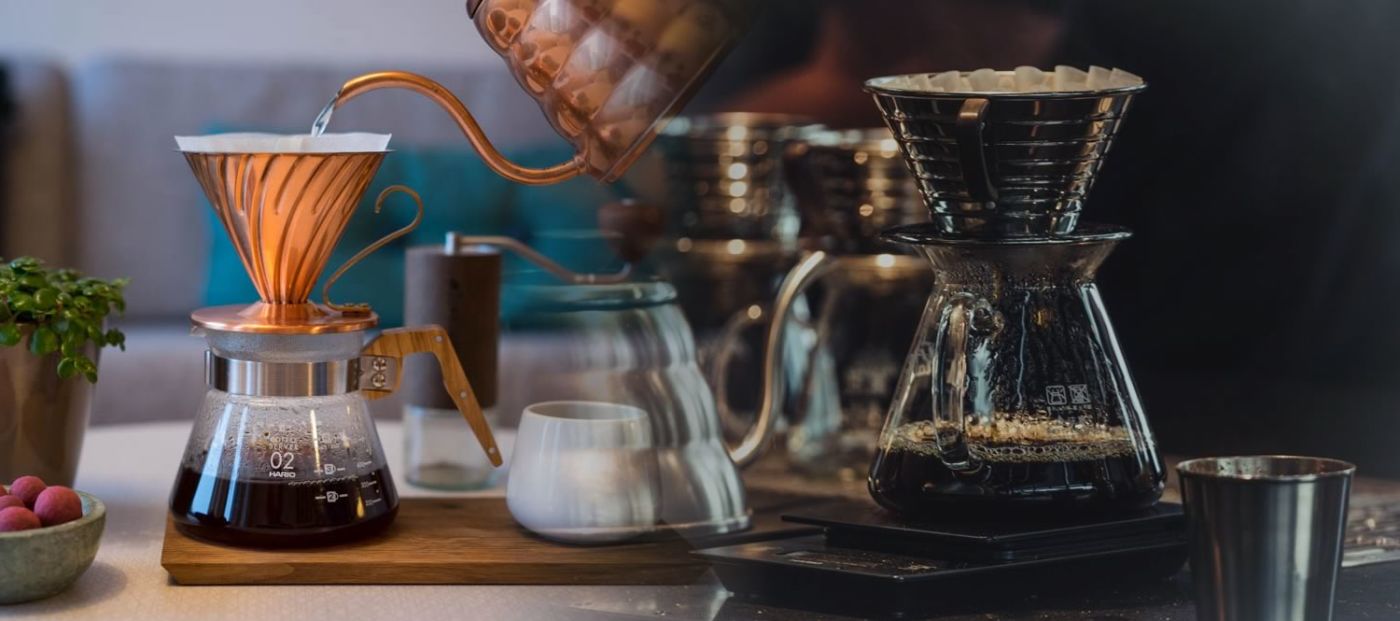We’re big fans of all brew methods, including these two. The Kalita Wave — a type of immersion/drip filter with 3 holes and a specially folded shell-like filter paper. And the Hario V60 — the classic cone filter with a single hole and ridges down the side at a 60 degree angle. But which one is better?
Of course, everything in this little world of coffee is a matter of taste and subjectivity but luckily we have people like the guys over at Socratic to do all the insanely tedious/scientific number crunching that the rest of us lucky souls working in speciality coffee get to use for free.
It looks like they’ve taken a real liking to Instagram (and Instagram, to them) so this little sketch up was posted there instead of their blog. It makes it super easy to see how this mad science adds up.
Methodology
The bottom line is that they used moisture reduction to develop a metric they’ve termed TBS (Total Brew Solids). It does sound similar to the TDS (Total Dissolved Solids) found from refractometer readings which are also referenced within the post but measured differently.
They use TBS to show how different findings can be extracted, if you excuse the pun, from two different brew methods (yup, the Kalita Wave vs. the Hario V60 that have the same TDS reading.
Similar to green coffee buying! Sort of…
Interestingly, a similar thing is done when green coffee is bought. It’s done by baking the green beans for 24hrs at 100C. This helps identify the moisture content of the bean on arrival in order to check that it’s still in great shape after its transit from origin. This is probably still the most accurate method of measurement for this particular task. Ok, well, it’s probably interesting for us but less so for everyone else… 🙂
See what you guys think about the results:



